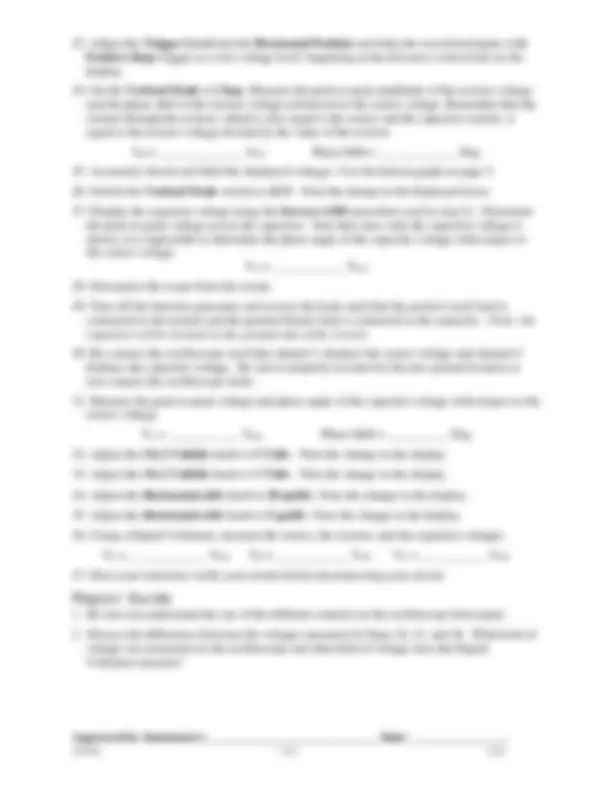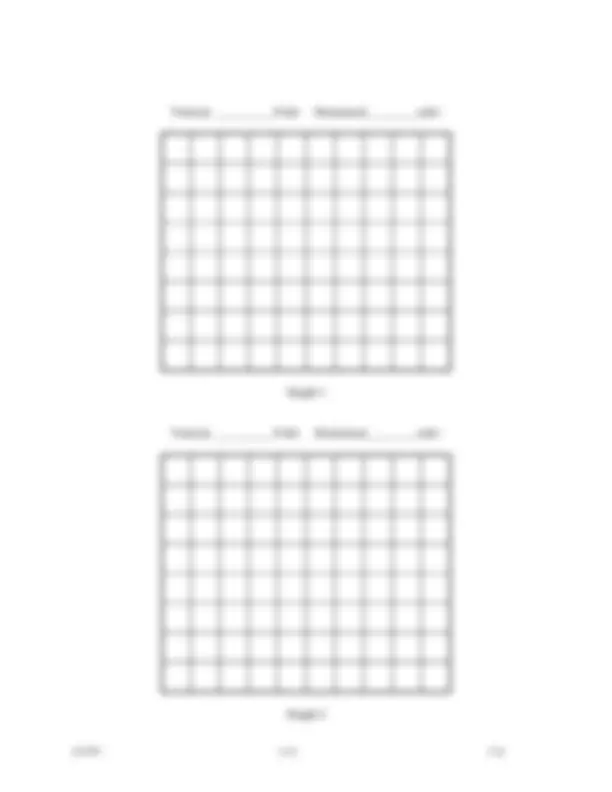




Study with the several resources on Docsity

Earn points by helping other students or get them with a premium plan


Prepare for your exams
Study with the several resources on Docsity

Earn points to download
Earn points by helping other students or get them with a premium plan
Community
Ask the community for help and clear up your study doubts
Discover the best universities in your country according to Docsity users
Free resources
Download our free guides on studying techniques, anxiety management strategies, and thesis advice from Docsity tutors
A laboratory exercise for students in the electrical and computer engineering technology program at southern polytechnic state university. The exercise focuses on using an oscilloscope to measure dc and ac voltages, as well as phase shift. Students will investigate the functions of an oscilloscope and learn how to properly set up and use the instrument for voltage measurements.
Typology: Lab Reports
1 / 4

This page cannot be seen from the preview
Don't miss anything!



Name_________________________________ Lab Section___________ Date_____________
In this exercise you will investigate the functions of an oscilloscope when used to perform voltage measurements including DC and AC voltage magnitudes and phase shift.
Note that all experimental data for this lab is to be neatly organized and written on a separate sheet of paper. Space is provided on the last page of this document for you waveform sketches.
Figure 1
R 1 = 1 kΩ
R 2 = 2 kΩ
Figure 2
R 1 = 1 kΩ
R 2 = 2 kΩ
v (^) R v (^) R
Ch. 1 Ch. 2
15 nF + 1 kΩ v^ R
v (^) C
Figure 3
Ch. 1 (^) Ch. 2 10 VP-P 10 kHz
Vertical __________V/div Horizontal ________s/div
Graph 1
Vertical __________V/div Horizontal ________s/div
Graph 2